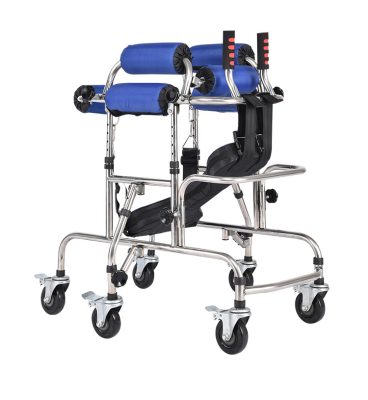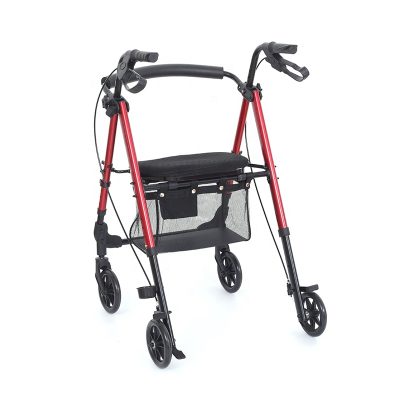1. Regularly check metal parts and decorative fabrics
Rusty metal parts will reduce the strength of the material, causing component breakage and damage to the fabric material of the seat backrest will cause the seat surface or the backrest to break, which may cause secondary injuries to the wheelchair user.
The correct approach:
(1) Regularly check whether the metal surface is rusty or corroded. If rust occurs, remove the rust with special cleaning agents and tools, and spray special protective agents.
(2) Regularly check whether the tension between the seat surface and the backrest is appropriate. If it is too tight or too loose, it needs to be adjusted. Regularly check whether there is abrasion on the seat cushion and backrest. If there is abrasion, replace it in time.
2. Clean the wheelchair and seat cushion
Keep metal parts and non-metal parts clean to prevent parts from being damaged due to long-term dirt corrosion.
The correct approach:
(1) When cleaning the wheelchair, use a professional cleaning agent (soap water can also be used) and dry it. Focus on cleaning the moving parts and the connection between the decorative fabric and the wheelchair frame.
(2) When cleaning the cushion, the cushion filling (such as sponge) should be removed from the seat cover and cleaned separately. The cushion filling (such as sponge) should be dried in a dark place and avoid direct sunlight.
3. Oil the moving parts
Keep the parts running smoothly and prevent rust.
The correct approach:
After washing and drying the wheelchair, use professional lubricants to oil all movable parts bearings, connectors, and movable parts.
4. Inflate the tires
Proper tire pressure can prolong the service life of the inner and outer tires and make pushing and driving more labor-saving, as well as ensuring the normal functioning of the braking system.















